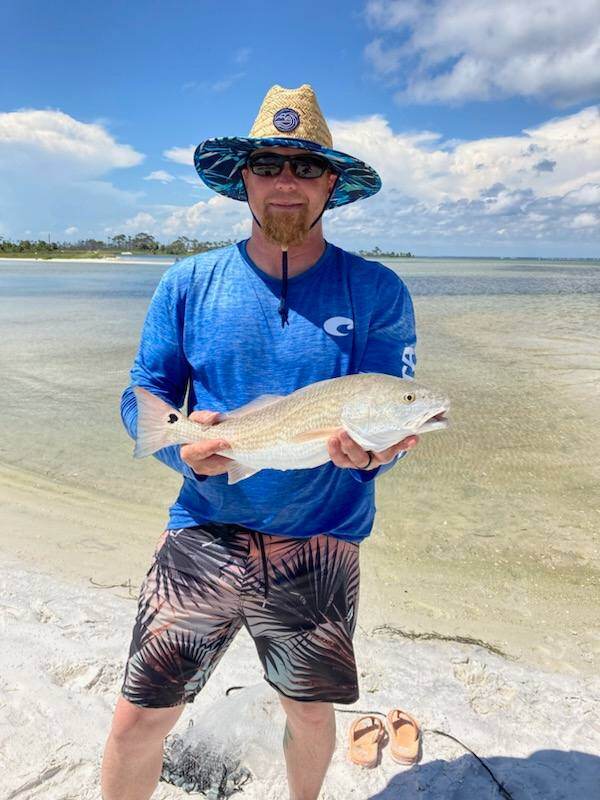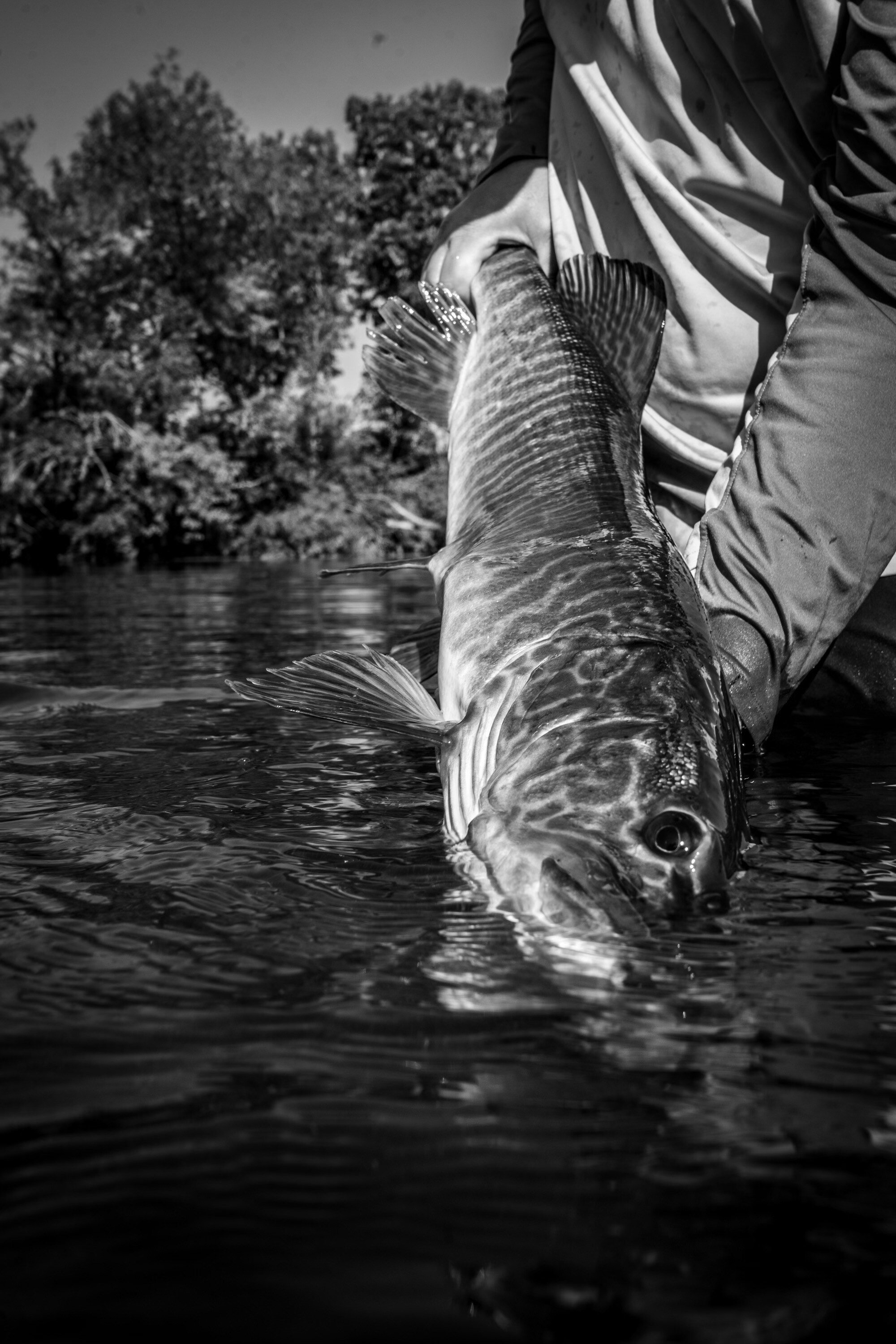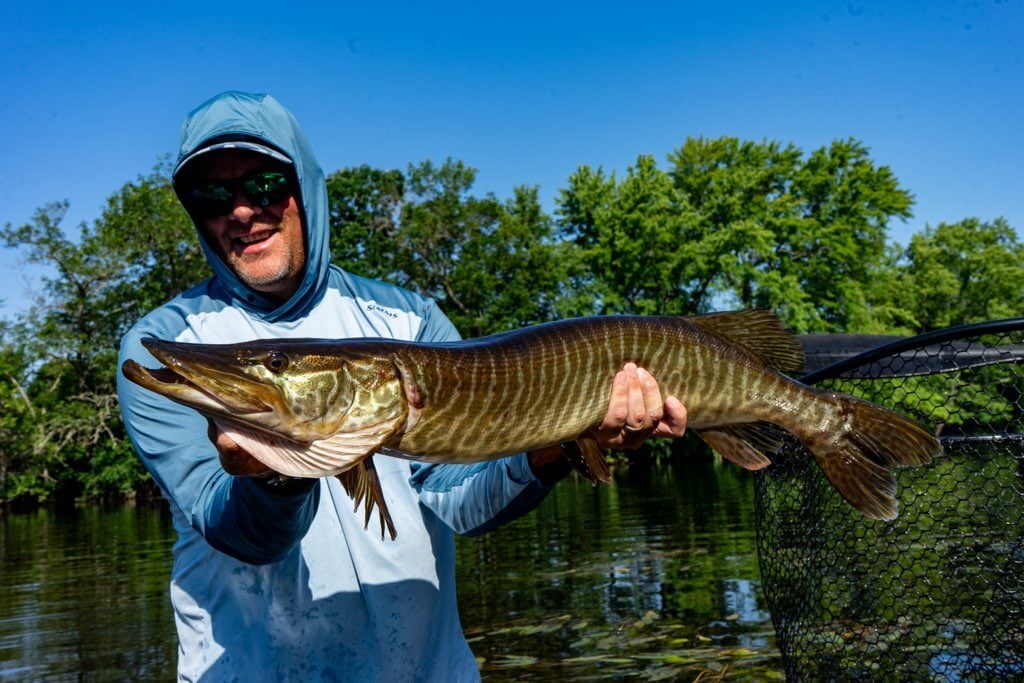Fly fishing is often seen as a serene pursuit—until you're tangled in your line, wondering where the fish went. Whether you're a newbie or an experienced angler, mastering the basics is key to success. Here are three simple tips to up your fly fishing game, delivered with a splash of wit to keep things lively.
-1.png?width=600&height=400&name=fly%20fishing%20in%20colorado%20(69)-1.png)
1. Presentation is Everything—Fish are Critics
You know how people say, “It's not what you say, but how you say it”? Well, the same goes for fly fishing. Your fly could be the most beautifully tied pattern ever created, but if it doesn’t float naturally in the water, fish will ignore it like a bad karaoke performance. Focus on achieving a drag-free drift, which means your fly should float naturally with the current, like it's part of the aquatic buffet. Practice mending your line (i.e., adjusting its position without spooking the fish) to keep your fly from drifting unnaturally fast or slow. In other words, sell that fly like it's the real deal!
Pro Tip:
Use lighter tippets when fish are extra picky. The thinner line helps make your fly look more natural, giving it a much better chance of getting a bite.
2. Read the Water Like a Local Newspaper
Knowing where fish hang out is as important as knowing which fly to use. Picture a trout—it’s lazy but smart. It’s looking for spots where it can ambush food without expending much energy. Think of riffles (shallow, fast-moving water) as trout diners and eddies (slow-moving sections near fast water) as their cozy booths. Drop-offs and seams (the area where slow water meets fast water) are also prime real estate for fish. Before casting, study the water's current and identify these spots.
Pro Tip:
When you're unsure, cast along the edges of fast-moving and slow-moving water (the seam). It’s the fishy equivalent of hitting the jackpot.
.png?width=600&height=400&name=fly%20fishing%20in%20colorado%20(27).png)
3. Keep Your Gear Simple—Less is More
There’s a saying: The more gear you carry, the more you lose focus. Fly fishing gear can get overwhelming fast. Between rods, reels, flies, and various other gizmos, you might find yourself weighed down like a pack mule. Start with the essentials: a versatile rod (9-foot, 5-weight is a great all-around choice), a small selection of dry flies, nymphs, and streamers, and basic tools like nippers, forceps, and a fly box. Focus on your technique, not your collection of gadgets.
Pro Tip:
Pack only what you need for the day and leave the rest at home. Trust me, your back and your fishing experience will thank you.
-1.png?width=600&height=400&name=fly%20fishing%20in%20colorado%20(69)-1.png)
Conclusion: Fly Fishing is as Simple (or Complicated) as You Make It
Fly fishing isn’t rocket science, but it does take patience, practice, and a solid understanding of the basics. Nail down presentation, read the water, and keep things simple—and you’ll find that the fish (and your enjoyment of the sport) will come naturally. After all, it’s not just about catching fish, it’s about enjoying the process. And if you can have a laugh along the way, even better.
.png?width=300&height=100&name=Copy%20of%20Rise%20Beyond%20Logo%2012.31.24%20(300%20x%20100%20px).png)



